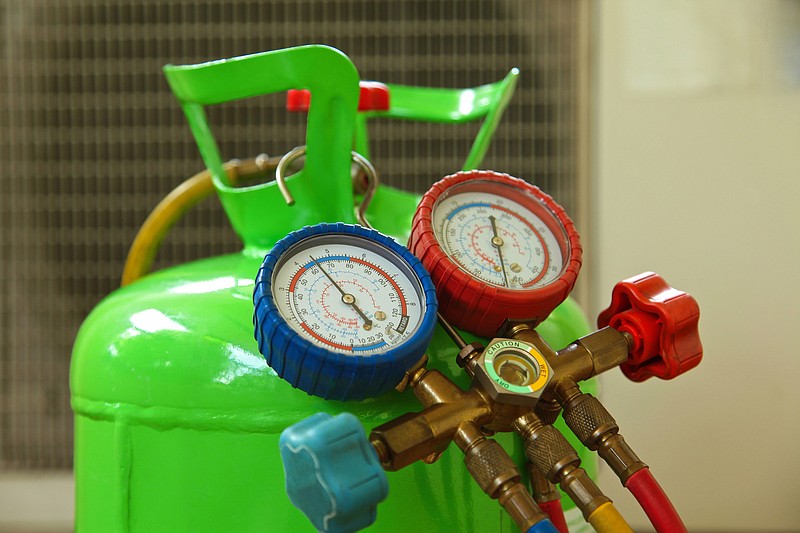If your HVAC technician has ever told you that you have problems with your air conditioner's refrigerant, you may have found yourself bewildered by a flurry of numbers, chemical names, environmental protocols, and deadlines. And no wonder-recent years have seen the nature of residential air-conditioning refrigerant change completely. While the changeover is nearly complete, owners of legacy systems will still be coping with the aftereffects for some years to come. Here's a primer on how refrigerant has changed and how it affects you.
The Environmental Background
For many years, a common refrigerant known as R-22 was the dominant chemical used in residential air-conditioning units. (One well-known form of R-22 is Freon, although this is a specific brand name and not a generic term for it.) But R-22 contributes to ozone depletion, so under an international agreement known as the Montreal Protocol, the United States agreed to scale back production starting in 2004. By 2010, production of new air conditioning units charged with R-22 ceased, and by 2015, production of R-22 itself had dropped by 90 percent. By next year, it will no longer be produced at all.
The most common alternative to R-22 is R-410a, a non-ozone depleting refrigerant. However, it isn't compatible with R-22 units, so you'll have to invest in an entirely new system to use it.
When Your Unit Needs To Be recharged
Even though no new R-22 charged units have been produced in nearly a decade, many homes still include air conditioners that run on that refrigerant. But, homeowners who need to recharge their old R-22 units with new coolant often find themselves faced with sticker shock. Because R-22 is no longer produced and is getting harder to find, the material alone for a recharge can cost several hundred dollars.
Incidentally, air-conditioning units don't consume R-22-the chemical is continually recycled through the system. So, if your system needs to be recharged, that means you have a coolant leak somewhere. Make sure your HVAC service addresses this leak, or else you'll find yourself faced with a costly recharging job again before long.
Furthermore, if you're running into that kind of problem, seriously consider replacing your unit altogether. The average air-conditioner lifespan is 15 to 20 years. Any R-22 system is at least a decade old-and probably more than that. Recharging and repairing a coolant leak can add up cost quickly, and you're really just nursing along an aging system that will require even more costly repairs before long. If you have an R-22 system leaking coolant, you may be better off by replacing it entirely with a new system that runs on one of the more modern coolants. You'll have to eat a significant cost up front, but you'll save money in the long run.
By the way, don't believe any technicians who tell you that you can use a cheaper alternative coolant in your R-22 system. Any reliable pro knows to never mix refrigerants, as they can damage the system and void your warranty.

